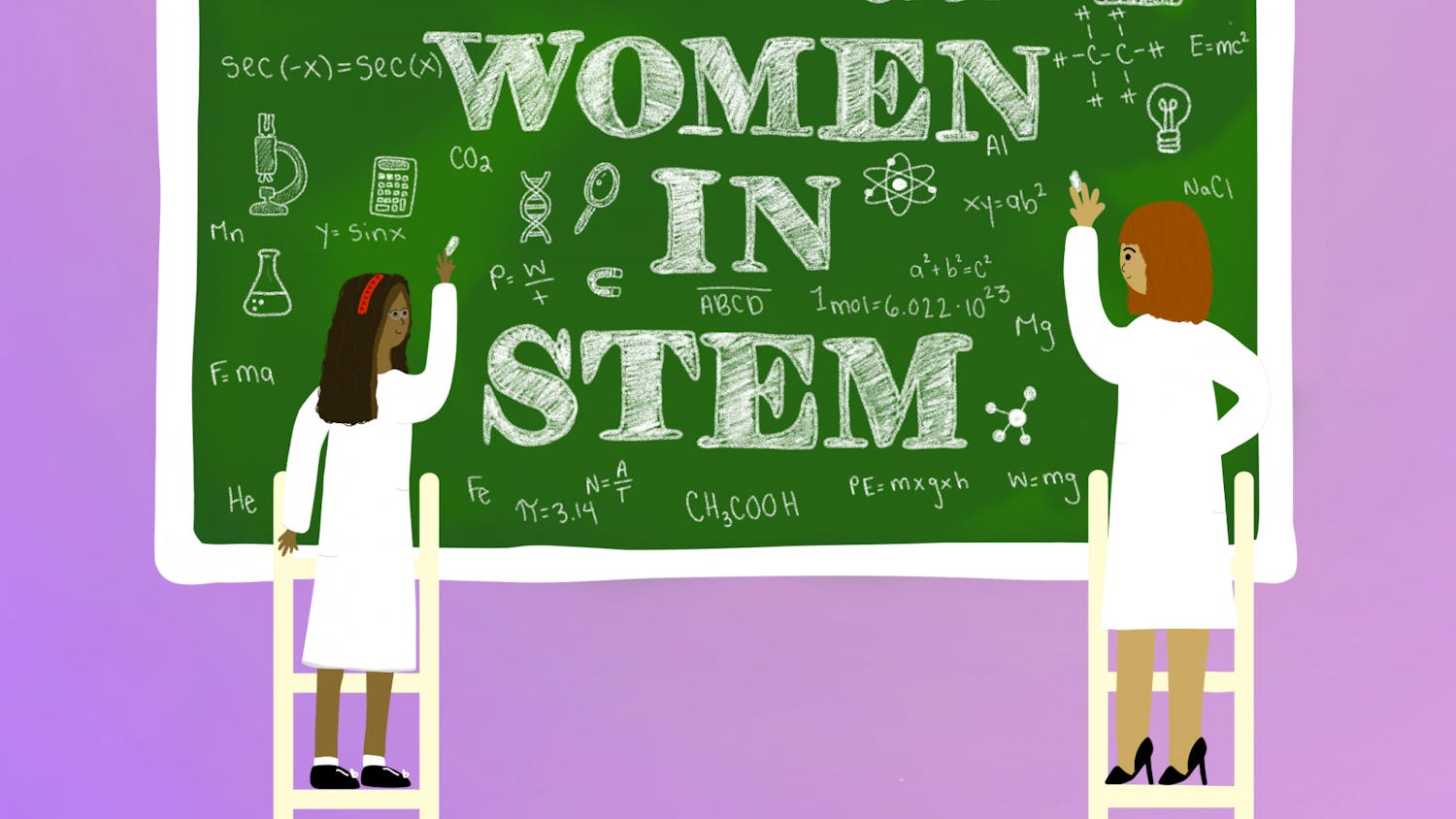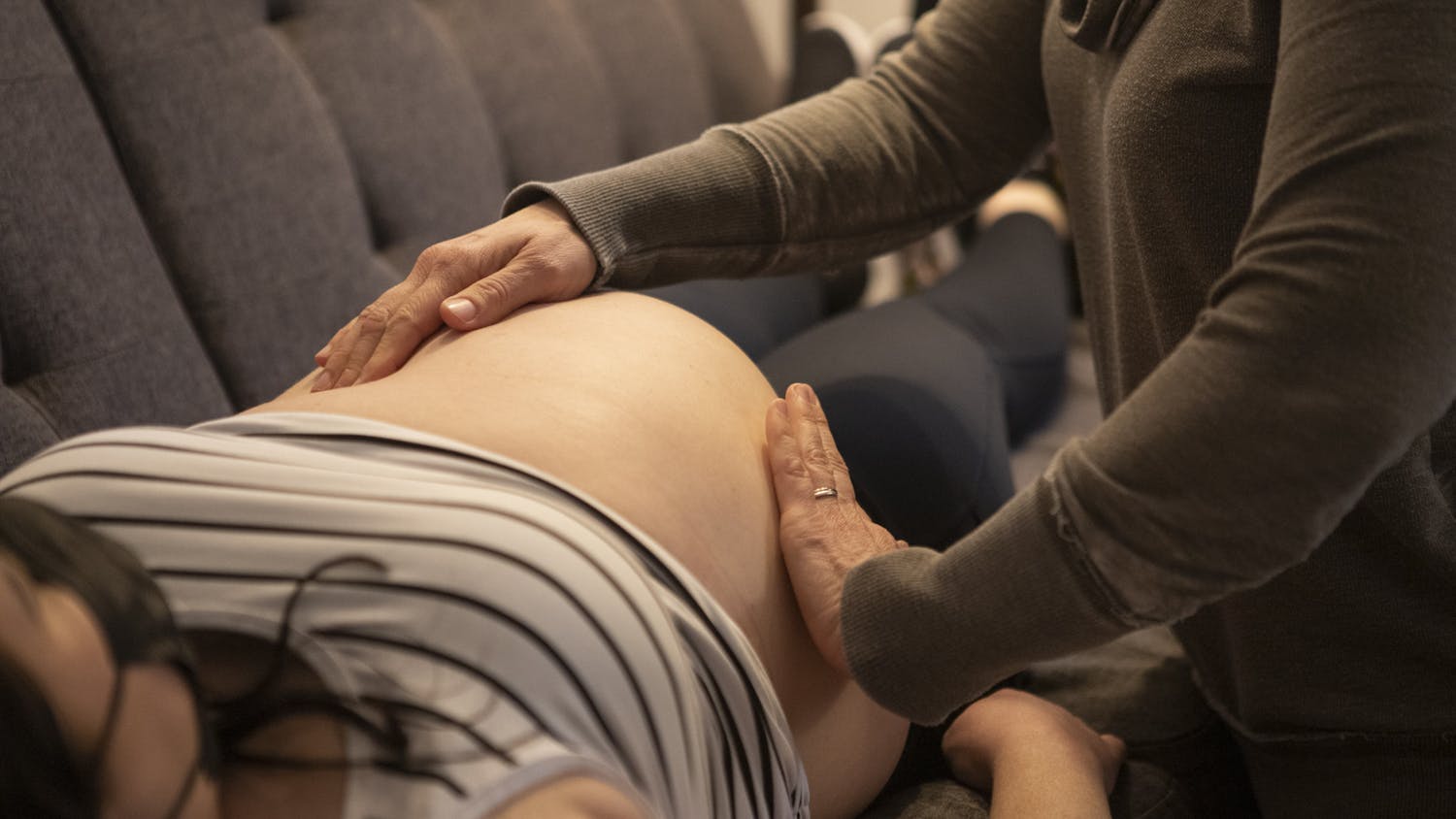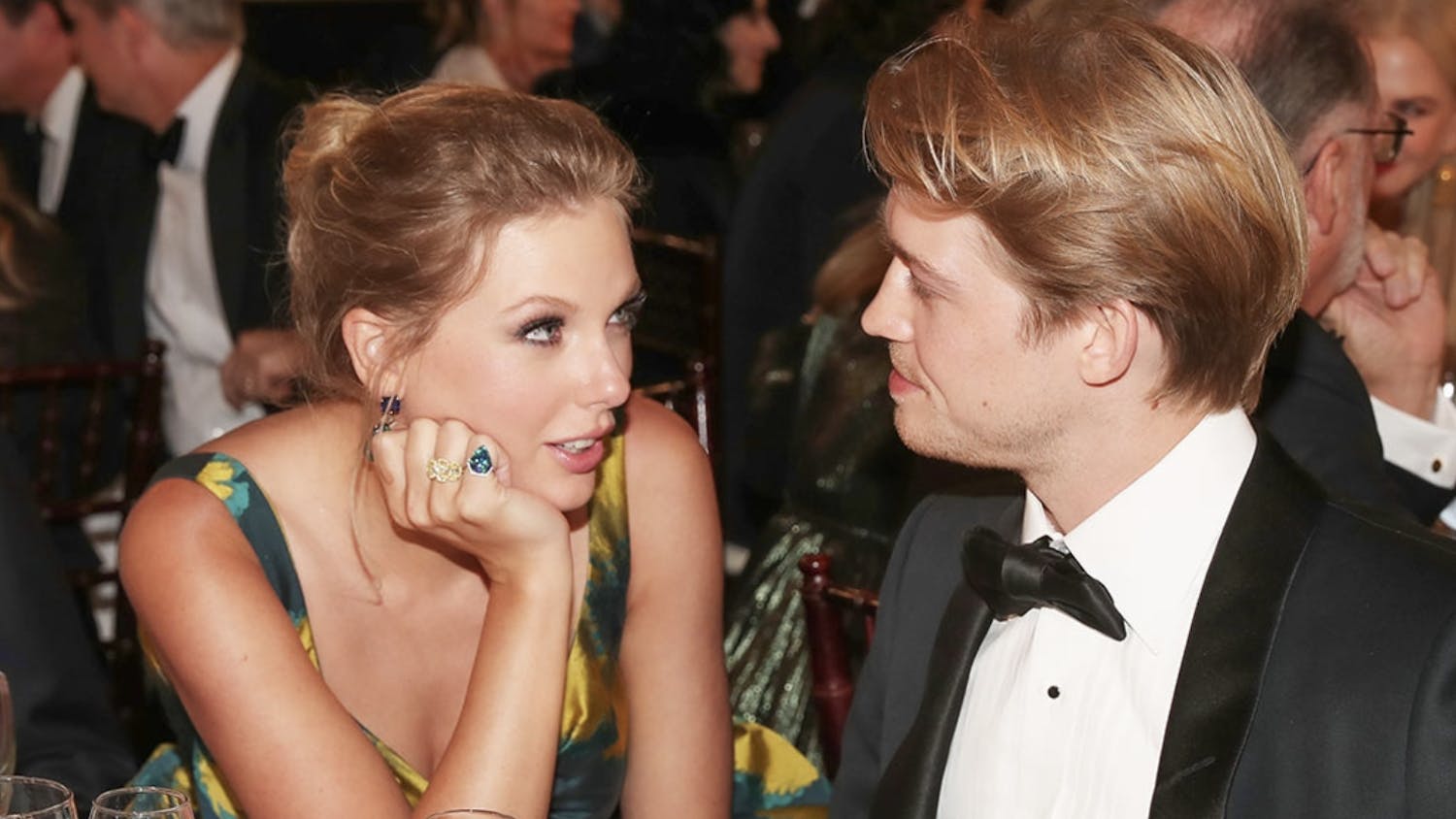More women are applying to medical school than men in the U.S. The trend started in 2017 when, for the first time, more than 50% of medical school applicants were women.
Women’s History Month, as stated in a previous Post article, is a valuable time to observe the motivations and efforts of women who are changing trends such as the number of women in STEM industries. The increase of women in medicine is a critical feat for normalizing women in medical roles. Despite the fact that more women are entering medicine, they still experience the challenges of being a woman in a male-led and founded industry.
The influx of women applying and enrolling in medical school also applies to Ohio University’s Heritage College of Osteopathic Medicine and osteopathic medicine in the U.S. The American Association of Colleges of Osteopathic Medicine, or AACOM, reported that 53.4% of applicants for the 2020 academic year were women, which made history as the largest number of female applications ever recorded. Heritage College saw more women enroll than men during the 2020 school year as well. 54% of enrolled students are women.
Osteopathic medicine differs from allopathic (more traditional) medicine. Medical doctors, or MDs, practice allopathic medicine, and doctors of osteopathic medicine, or DOs, practice osteopathic medicine. According to Medical School Headquarters, MDs and DOs are similar in that they are qualified to go on to specialize and do whatever they want in medicine.
Osteopathic medical schools teach osteopathic manipulative treatment, or OMT, which emphasizes a holistic approach to treating patients. DOs focus on preventing disease by observing the whole body and how parts of the body function together and influence one another. 67.4% of active physicians are MDs, and 7.3% of active physicians are DOs. There has been a 40% increase in DOs over the past six years.
The two types of medical schools are distinct, and students receive different titles after graduating, but they are equally qualified. Women are also the majority in both schools, which can be encouraging to other women who are considering medical school. Alyssa Lambrecht, who is in her second year of medical school at Heritage College and the president of Ohio Women in Medicine, notices there are more women than men at the school and regards it as empowering.
“I feel like a lot of our club presidents, in general, are a lot of women,” Lambrecht said. “And just seeing people not afraid to take on those leadership roles is really inspiring.”
Although there are women taking on leadership roles, a mindset can prevent women from asking for them in the first place. Lambrecht said Ohio Women in Medicine emphasizes the harm of imposter syndrome: the feeling of doubting one’s skills and feeling like a fraud. Women may downplay their skills and potentially hold themselves back from chasing their goals, and the organization wants to help women medical students identify imposter syndrome when it arises to stop it from affecting their confidence. She said Women’s History Month presents an opportunity to learn and prevent imposter syndrome.
Organizations founded to advocate for women can help them continue to pursue medicine. Lambrecht joined Ohio Women in Medicine in her first year of medical school partially for this reason.
“I felt like the skills … they help instill confidence in the field that’s predominantly men,” Lambrecht said. “It really helps you want to stay in the field and see that other women are doing it, so you can, too. I stayed in (the organization) to (be) on the exec board because I felt there were some ways that we could learn more about our self-empowerment and the ability of women to stay in the field. I just wanted to keep helping the younger students learn that.”
Lambrecht pretty much always knew she wanted to be a doctor. She is currently interested in oncology and cancer care because of a doctor's role in supporting people during vulnerable stages of their life. She chose Heritage College because of the school’s approach to helping patients.
“We talk a lot about different social determinants of health and how people’s background can influence how you can care for them, and how to do that best with their certain situation,” Lambrecht said.
Rachel O’Connor is a first-year medical student at Heritage College and a member of Ohio Women in Medicine. She, similar to Lambrecht, always wanted to go into medicine. O’Connor’s grandma was a paramedic, and her mom was a nurse. She said she had great role models to follow and was exposed to the fast-paced parts of medicine, which she found exciting.
O’Connor said something that sticks out to her regarding women’s history is how new the subject of women’s health is.
“It's always been a part of our lives, but when you see how recent it really was and even how prenatal care has changed and all that stuff, I think that it’s only going to change more,” O’Connor said. “I think that makes me excited about the future of it because it’s honestly a pretty new and growing field. That’s what’s crazy to me, is that not that long ago, people didn’t used to have the same women’s health rights, women’s health care and stuff like that.”
Since women’s health is a growing medical field and more women are enrolling in medical school, there is a need for role models. Alyssa Kendrick, a second-year medical student at Heritage College and the vice president of the Association of Women Surgeons, has an interest in becoming an orthopedic surgeon. She wants to be a role model for other women who are interested in orthopedic surgery.
“It’s hard to find a female orthopedic surgeon,” Kendrick said. “I just want to be that role model and say, ‘Yeah, it is possible to go into that.’”
The number of women physicians in the U.S. is rising but still low. The Association of American Medical Colleges recorded 36.3% of women physicians out of the total number of physicians in 2019. In 2007, it was 28.3%. The increase is partly due to the rise of women medical students. Women medical students in the Heritage College of Osteopathic Medicine plan to be there for younger women with dreams of becoming doctors and give back to the people and places they care about.
“I really wanted to come here because I have a lot of family in Ohio, especially southern Ohio, that helped raise me,” Kendrick said. “And I really want to learn as much as I can so I could give back to them one day.”






